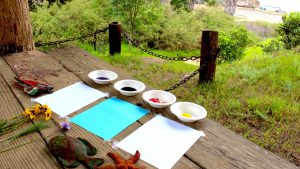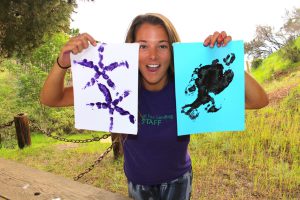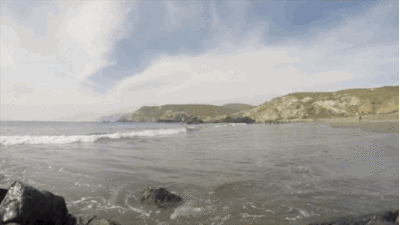
The art of fish printing, also known as gyotaku, originated in Japan in the mid-1800s. This practice was widely used among fishermen to accurately depict the size of their catch. Prior to fish printing, the size of a caught fish grew with the spread of the story. What started as a two-foot fish quickly grew to five within a few exchanges.
In traditional gyotaku, ink is painted onto both sides of a fish. The fish is then wrapped in thin paper, leaving behind an ink replica of each side of the fish. Most fishermen originally used black ink, but some tried to recreate the colors of the fish with their print. Artists around the world still use this practice to depict aquatic life.
While we don’t recommend finding a dead fish to practice gyotaku, it is possible to put these practices to use in your own project. Children can pick out soft plastic molds of sea life at a craft store, or you can even use wild flowers from your backyard. Here is what you’ll need:
-Plastic mold or wild flowers
-Washable paint
-Bowls for paint
-Brushes
-Canvas, paper, tee shirts, or anything you would like to paint!
-Rinse bowl

Find a flat surface on which to do your project. Choose your desired print shape (we chose the ephemeral wild flowers that are currently blooming on Catalina Island!) and a paint color. Coat the entire surface of your flower thoroughly. Press the flower onto the paper, making sure to press each petal individually to transfer color. Lift the flower, being mindful not to smudge the wet paint, and you’re done! We also printed a plastic mold of sea stars and a Garibaldi using the same methods.
Gyotaku is a great DIY craft project for kids. Use it as an opportunity to teach them about the sea life or flowers they are pressing. Or, grab some canvas and nice paint and create a beautiful, natural home decoration!




